Badrinath Temple Uttarakhand
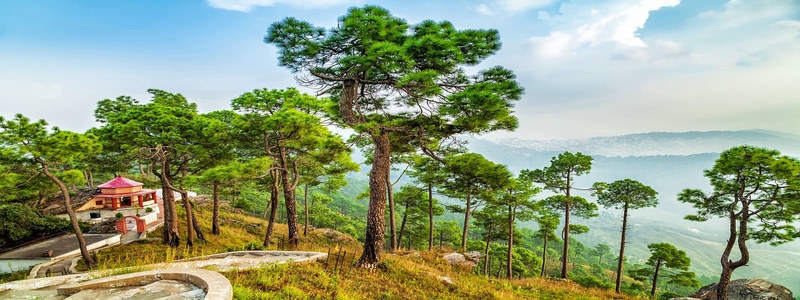
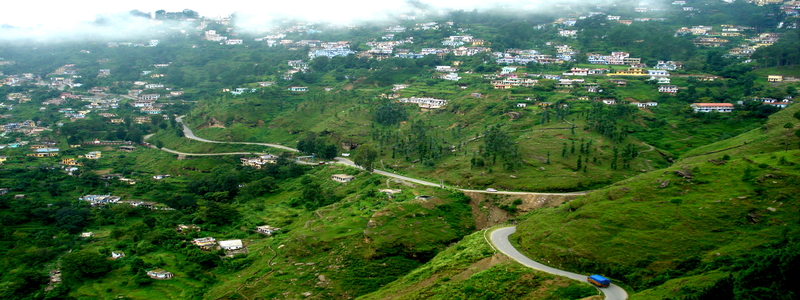
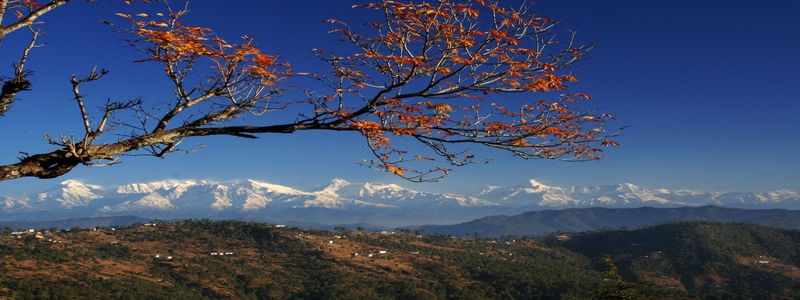
Badrinath Travel Guide
About Badrinath Tourism
Badrinath as the name defines, it is the most famous spiritual townships of the Hindus situated in the Chamoli district of Uttarakhand. It is dedicated site for Lord Vishnu which is known as Badri Vishal in Badrinath. It is most significant site among Char Dham in India. The Spiritual Township is situated at an elevation of 3,133 meters above sea level on the left bank of Alakananda River. The civic of Badrinath lies amid Nar and Naryana mountain ranges and in the outline of the impressive Nilkantha peak, 301 km north of Rishikesh
Badrinath Kapat Opening Dates:
The Kapat of Shri Badrinath Temple will be opened on 28th April 2024.
Badrinath Closing date:
Badrinath Temple Closing date will updated soon.
Legend and History of Badrinath
According to Hindu Religion, The temple of Badrinath was initially established by Adi Guru Shankaracharya which was restored numerous times after its establishment. Badrinath is also known as Badri Vishal & also one of the religious temples of Panch Badris. The other four badris Temples are Bhavishya Badri, Yogadhyan Badri, Adi Badri, and Bridha Badri or the 'Old Badri'.
The Place where Lord Vishnu sit in meditation that place is known as Badarikaashram or Badari. It is one of the most religious place of Lord Vishnu, predominantly in Lord Vishnu's dual form of Nara-Narayana. Thus, in Mahabharata, Lord Krishna, speak to Arjuna, articulates, "Thou wast Nara in a earlier body, and, with Narayana for thy buddy, didst perform dreadful severity at Badari for lots of myriads of years."
The traditional legend of Shri Badrinath Dham is that it was the region of God Shiva and God Vishnu handled to depose the God Shiva from Badrinath region to Kedarnath region. Another faith is that when Ganga comes down to the earth she divide into twelve river and Alakananda is one of them. Religiousness and sacredness of Badrinath Temple ornamented with accolades since the period of Vedic ages.
The Himalayan Peaks around Badrinath Temple are stated in the Mahabharata, where It is believed that the Pandavas have finished their life by ascending the inclines of a mountains in western Garhwal Himalayas called Swargarohini - factually, the 'Ascent to Heaven'. Neighboring legend has it that the Pandavas passed through Badrinath Temple and Mana Village, 4 km north, on the way to Heaven (swarga). There is also a cave in Mana Village where the immense sage of Ved Vyasa is whispered to have written the epic Mahabharata.
Weather in Badrinath - Seasons in Badrinath - Best Time to Travel in Badrinath
Summers (March to June): Temperature is very enjoyable with moderate weather, with average temperature of around 16°C. Summers in Badrinath are idyllic for sightseeing and pilgrimage.
Monsoons (July to October): Temperature is changes with sparse rains and also temperature falls down to 12°C.
Winters (November to February): Chilly days with average temperature near 2°C. Sometimes temperature fall down below 0°C and snowfall in Badrinath is seen very often.
Best Time to visit Badrinath:
The perfect time or peak period to depart to Badrinath Temple or on a Chardham Yatra is from Last Week of April to First Week of November.
Places to See in Badrinath
Badrinath Dham is very Religious Place for pilgrimages. Below is the list of Divine places in Badrinath.
Badrinath Temple: It is dedicated site for Lord Vishnu which is Known as Badri Vishal in Badrinath. It is most significant site among Char Dham in India. The Spiritual Township is situated at an elevation of 3,133 meters above sea level on the left bank of Alakananda River. The civic of Badrinath lies amid Nar and Naryana mountain ranges and in the outline of the impressive Neelkantha peak, 301 km north of Rishikesh
Brahma Kapal: It is situated 100 mtrs north of the Badrinath Temple. It is Famous for Pinda Tarpan for our ancestors or elders who passed away. It is alleged that Lord Brahma exists at this set and thus if anyone does ceremony and Shraddha Karm for the dead souls of his family they get recovery from the rotation of birth and death one after another.
Vyas Cave or Vyas Gufa: It is set from where Ved Vyas uttered complete Mahabharata to Lord Ganesha so that he could write down. Ved Vyas also meditated in this Gufa.
Ganesh Gufa: It is the Natural Gufa where Lord Ganesha wrote Mahabaratha after listing from Ved Vyas from Vyas Gufa or Vyas Cave.
Tapta Kund: It is a natural Source of thermal spring where the pilgrimages take a divine dip as it is awfully important to have a bath prior to visit temple. It is also assumed that the kund has therapeutic values and can cure antipathies of the people who take bath. All the pilgrimages take divine bathe in the natural hot water. The devotees may be unknown to each other but their intention of Journey is same, i.e. to devotion the blessed Badrinath Dham.
Neelkantha Peak: It is located above Badrinath Temple at a height of 6560 meters above sea level. It is after Lord Shiva who is also known as Neelkanth. It is a Pyramidal designed Snowy Mountain and if you cautiously examine the cliff you can see as if Lord Shiva is sitting at the sky.
Mata Murti Temple: It is located 3 km far from Badrinath Temple, The Temple is devoted site to the mother of Lord Narayan. According to myths Mata Murti requested Lord Vishnu to take his next avatar by taking birth from her womb. Lord Vishnu then blissfully agreed and come into world of life as twins, named as Narayan and Nar to eradicate a monster. Here Every year a fair is organized in August month at Temple.
Charan Paduka: It is located 3 km far from Badrinath Dham lies a stunning grazing land carpeted with natural flowers in the summers. A stone posture the footprint of God Vishnu is situated here famous as Charanpaduka. It is believed that when God Vishnu comes down from Vaikunth he stepped on this stone. This area is a vertical climb from the city and is full of gufas & stones.
Narad Kund: It is situated close to Tapt Kund, It is believed that this kund is the basis of the Badarinath idol. It is alleged that Darshan of Badrinath Ji is always done after a blessed dip in this Kund. The hot water springs come out from beneath the Garur Shila and falls into the tank.
Mana Village: It is close to Tibet border and also famous as “last township in India”. Travelers who take journey to Badrinath also visit Mana Village to see the end of the road. It is settled by Indo-Mongolian tribes often called as bhotias. It is located just 3kms far from Badrinath Dham.
Bheem Pul: It is an alluring and courageous place with mythological significance. It is believed that Bheem throw a giant massif rock to build a path joining two mountains so that Draupadi could walk effortlessly on it. Under this overpass the River Saraswati comes with huge force to combine with the water of River Alanknanda.
Sheshnetre: It is Siuated on the conflicting bank of Alaknanda River, in the lap of Nar Parvat, there are two small cyclic lakes. flanked by these lakes is a rock having an intuition of the famous snake, Sheshnag. The shape of eye on the rock is natural.
Panch Shilas & Panch Dharas: The Panch Dharas means “five streams” which are famous in Badaripuri named as Urvashi, Kurma, Indira dhara, Prahlad & Bhrigu. The most prominent of these is Indira dhara, situated around 1.5 km north of the city Badaripuri. In the region of the Tapt Kund, There are five hunks of rocks of legendary significance called Garur, Narsimh, Markandeya Shilas (stone), Narad & Barah.
Excursions
Some of the famous locations near Badrinath Dham.
Vasudhara Falls: It is located 6km far from Mana Village & approached by easy trek. The fall is 400 feet lofty and it is positioned at an elevation of 12,000feets above sea level. It looks like milk is falling down from the mountain. It is alleged that the sprinkled drops of the waterfall don't falls on the sinners.
Satopanth: It clutches pristine and immaculate water and it is alleged that Bheema was denied to enter heaven from this very point. According to Mahabharata, It is believed that Swargarohini peak is the place from where Yudhishthir and the dog were walked together to heaven. During Satopanth Trek, there is no Village & rest houses on th way to stay. It is moderate trek & Trekkers have to stay in Caves/ Gufa and Tents. The way to Satopanth Sarovar sanctifies individuals with a few of the superlative presents of nature.
Pandukeshwar: It is located at 4 kms far from Govind Ghat, 219 kms faro from Kedarnath and 24 Kms far from Badrinath Dham. In Pandukeshwar, there are two temples for God Yoga Badari Narayan and God Vasudev. It is believed that Pandukeshwar have been establish by King Pandu, The father of Pandavas.
Joshimath: It is Located just 46kms far from Badrinath Dham at a height of 1,890 meters above sea level. It is one of the four 'math' formed by Adi Guru Shankaracharya. During Winters, Joshimath is the Home for Lord Badrinath. In Joshimath, Pilgrima visit visit Kalpavriksha and Narsingh temple while a travel to Joshimath & it is also connected to Auli by the highest cable car of Asia.
Valley of Flowers: It covers an area of 87.50sqkms & is situated in the western Himalayas. The valley is completely enclosed with blossoming flowers from June to October every year and In Winters entirely covered with snow. In 1982, it is declared as national park & now It is world heritage site.
Hemkund Sahib: It is situated at and height of 4,329 meters above sea level amidst some snow covered mountains, which is together known as Hemkund Parvat. Guru Govind Sinnghjim the tenth guru of the Sikhs mediated at Hemkund Sahib for years. Hemkund means “Lake of Snow” & the flawless water is cold as snow. In Hemkund Sahib, you can also see a temple devoted site to Lakshman, younger brother of God Rama.
Adi Badari: It is located 17 Kms far from Karanprayag & is easily accessed by road. Adi Badri is dedicated site of Lord Narayan & here God Vishnu is enshrined in the form of black stone idol. Local ritual attributes the structure of the temple to Adi Shankaracharya
Hotels in Badrinath Uttarakhand
02 Star Hotels in Badrinath
Holday Tour Packages for Badrinath Uttarakhand
How to reach Badrinath
By Road: Badrinath is well linked by roads with main destinations of Uttarakhand. Pilgrims can come Badrinath easily by Buses & Taxi’s from all major Locations of Uttarakhand like Haridwar, Dehradun, Rishikesh, Rudraprayag, Pauri, Karnaprayag, Srinagar, Ukhimath, Chamoli etc. Badrinath is also linked with NH 58.
By Rail: Rishikesh Rly Station is the close railway station to Badrinath. It is located 295kms before Badrinath Dham on NH58. From Rishikesh Pilgrims can access Badrinath Temple by Buses & Taxi’s.
By Air: The nearest Airport is Jolly Grant Airport to Badrinath located at a distance of 314kms. Jolly Grant Airport is well linked to Delhi with every day flights. It is well linked by roads to reach Jolly Grant Airport Dehradun. Tourist Taxis Service is available from Jolly Grant Airport to Badrinath.
NOTE: Your travel enquires will be passed on to our travel partner "Uttarakhand-holidays.com" and They contact you with a travel offer as per your mentioned requirements.
Holiday Packages
- Haridwar Mussoorie Tour
- Corbett Nainital Mussoorie Tour
- Corbett Nainital Kausani Tour
- Corbett Nainital Auli Tour
View more

Honeymoon Tours
- Nainital Kausani Almora Tour
- Best of Uttarakhand Package
- Honeymoon Package Kumaon
- Mussoorie Honeymoon Tour
View more
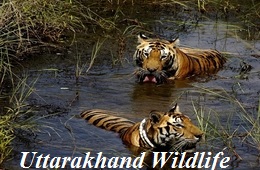
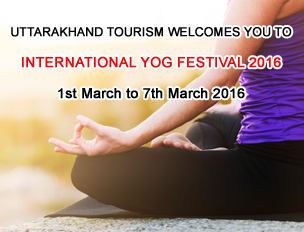
Religious Yatra
- Group Chardham Deluxe Tour
- Regular Chardham Group Tour
- Badri Kedar Group Tour
- Chardham Personal Taxi Tour
View more


Trekking Tours
View more
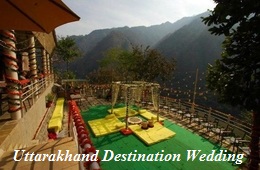
Hotels in Uttarakhand
View more
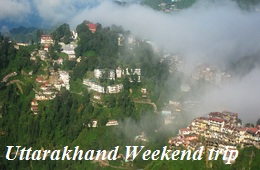

Tell Us your Requirement